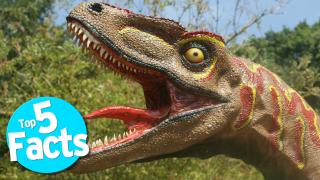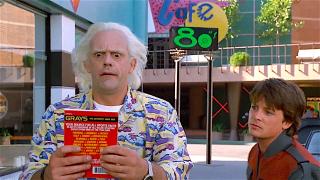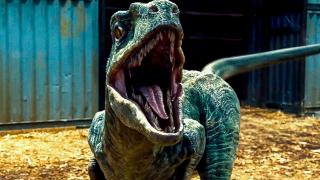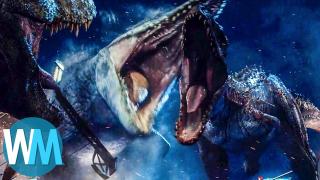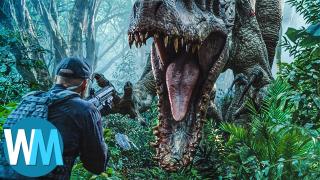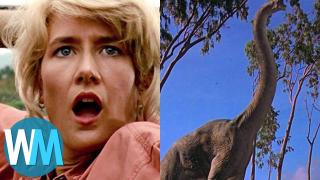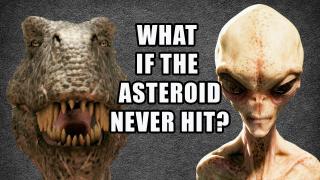Cinema has given us a lot of imagery to visualize what dinosaurs may have looked and acted like. The only issue is that as you continue to learn about these creatures, you may find many inconsistencies between reality and the movies. Filmmakers create fierce and unforgettable depictions of dinosaurs for many reasons—namely, movies full of more bird-like creatures fail to send the same shiver down our spines. When you start to identify the interesting dinosaur facts that the movies got wrong, you’ll find it difficult to think about those classic films the same way.
Coexistence
Unlike what you see in Jurassic Park, the myriad of great beasts whose remains we’ve discovered could never coexist in a dedicated habitat now, just as they didn’t then. When you’re examining facts about dinosaurs, it’s important to realize the incredible number of variations within each species. For example, you may know of the triceratops, but there were at least forty different species types within the ceratopsian family, and their existence was staggered through the course of millions of years.
Behaviors
It’s difficult for anyone to know how dinosaurs actually behaved. Extensive studies of fossils, diets, and regions suggest different things. In movies, you may see a variety of dinosaurs holding their arms close to their sides with bent elbows, similar to the way of kangaroos. Paleontologists argue this was probably not the case for all species; bipedal creatures most likely held their clawed hands in front of their bodies.
Cloning Possibilities
What you see in the Jurassic Park series probably couldn’t happen in real life. Though we’ve cloned other animals, cloning dinosaurs is not possible. Palaeontologists state that after just over a million years, the nucleotide bonds that make up DNA are no long enough to able to provide useful data.
Appearance
Many dinosaurs’ physical characteristics in the movies fail to identify the more bird-like features that were possible with beasts such as the velociraptor. Fossil remains with quill knobs have led researchers to believe these animals more resembled turkeys with feathers covering the majority of their bodies. Scientists have also found through the testing of melanosomes (where melanin or pigment is stored in the skin, the hair, and the eye’s iris) that the true color of dinosaurs differs greatly from its on-screen representation. Studying the remains of the infamous Tyrannosaurus rex has left some researchers wondering if some areas of this beast’s body also contained feathers. Imagine the difference in appearance. Would you find a T. rex to be as scary if it weren’t covered in scales?
Similarly, the iconic dilophosaurus—you may remember it as the one in Jurassic Park with the fan on its neck and the poisonous venom—shows no evidence of having either the fan or venom in real life. These creatures’ remains, like the others, point to a more feathered appearance. Its motion picture portrayal was based on a tooth found at the time that resembled that of venomous snakes, which implied venom secretion was a possibility.
There are so many discrepancies and false depictions of dinosaurs throughout movie history. Do some digging, and you’ll realize the list of interesting dinosaur facts that the movies got wrong goes on and on. We must hand it to the moviemakers, though: the way they choose to characterize these prehistoric creatures did give us noteworthy chills.










